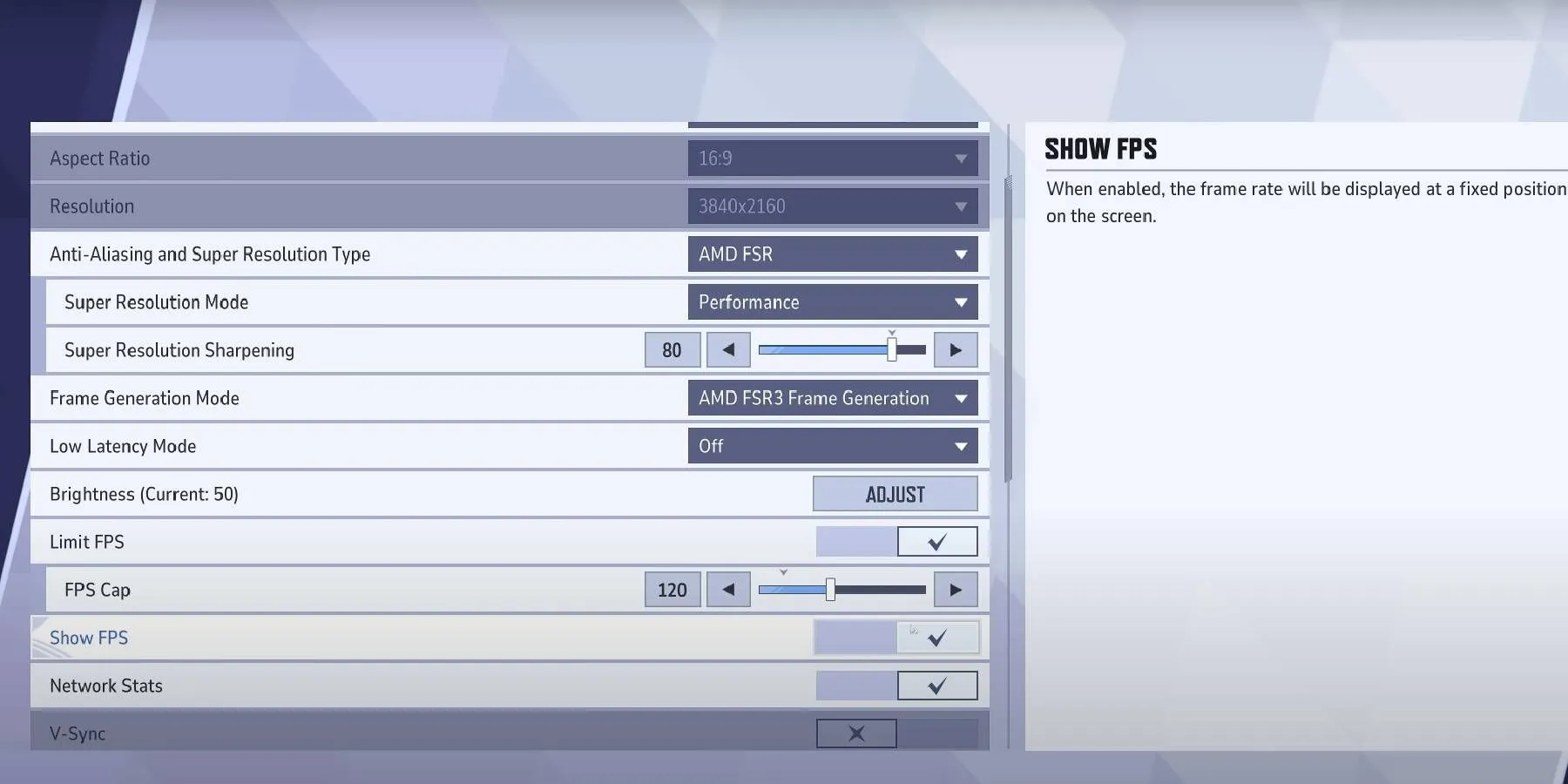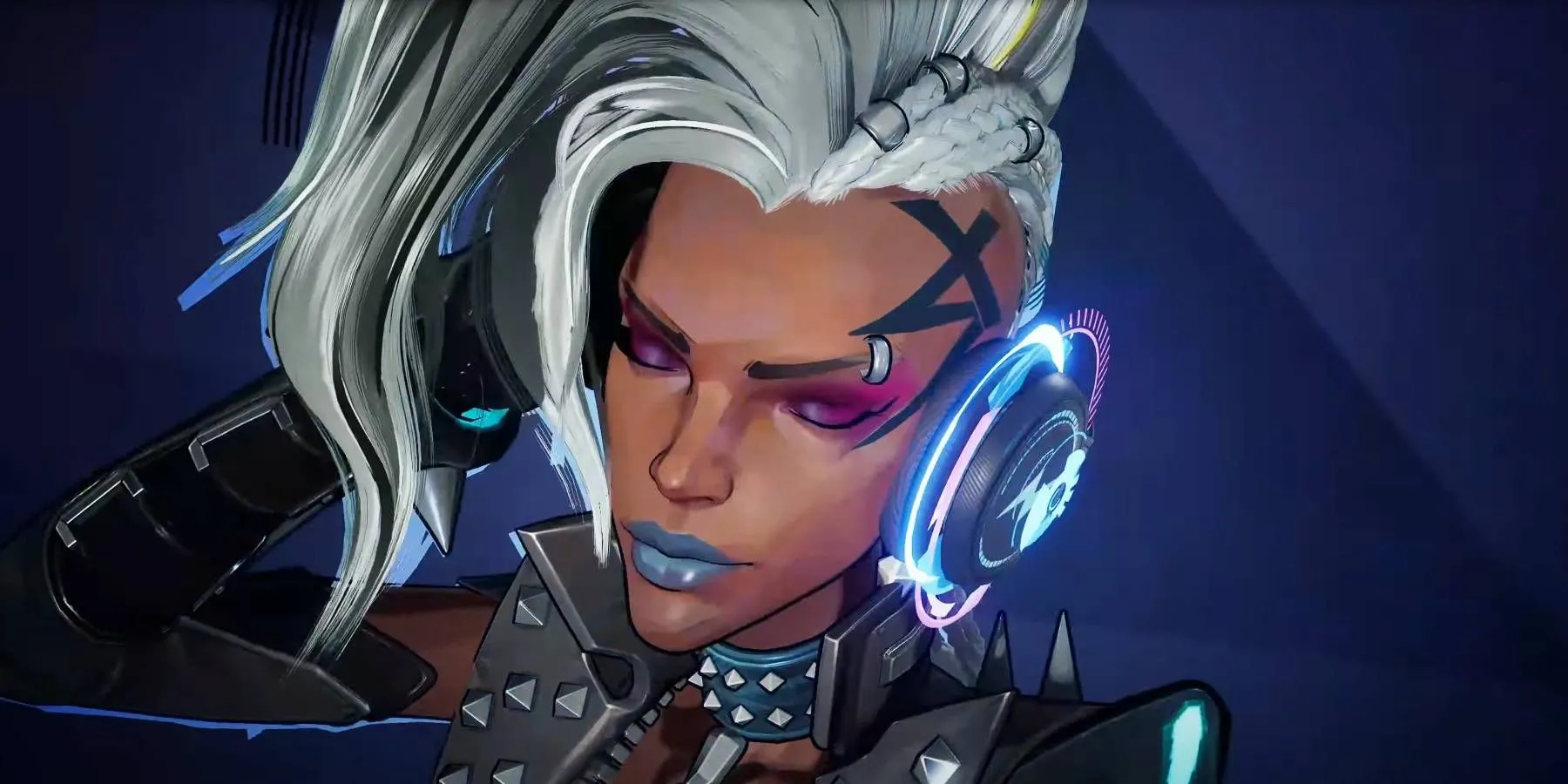
Recently, players of Marvel Rivals on PC have encountered gameplay challenges stemming from performance-related issues, specifically associated with frame rates (FPS). Many PC gamers report difficulties engaging in matches unless their systems run at high FPS levels. This challenge is compounded by significant bugs, notably the notorious 99% loading error, which disproportionately affects users with less powerful PCs. If you’re experiencing gameplay issues, it’s essential to adjust your game settings for a smoother experience.
At present, Marvel Rivals is recognized as a graphically intensive title even for gamers with advanced hardware configurations. The intricate interactions of specific heroes during 6v6 engagements dramatically test system resources, leading to fluctuating frame rates based on your graphics settings. For instance, the elaborate portal effects used by Doctor Strange can cause severe slowdowns if graphics settings are overly ambitious.
Quick Navigation
Optimal Display Settings for PC
Adjustments for Enhanced Game Speed

In Marvel Rivals, the Display category in your settings determines how the game is visually represented on your PC. Adjusting these settings can significantly improve your FPS while retaining a satisfactory level of graphical detail. Each player’s optimal settings may vary, so it’s beneficial to experiment to find what works best for your specific hardware configuration.
The following table highlights display settings to prioritize for achieving high FPS without sacrificing too much visual fidelity:
| Display Setting | Recommended Option | Details |
|---|---|---|
| Target Display | Primary Monitor | Ensures the game runs on your main monitor if multiple screens are in use. |
| Display Mode | Fullscreen | Allocates all system resources to the game. |
| Aspect Ratio | N/A | Choose what works best for your display. |
| Resolution | 1920×1080 | A versatile resolution that is commonly recommended. |
| Anti-Aliasing | Depends | Choose based on your graphics card capabilities. Recommended options include:
|
| Super Resolution Mode | Balanced | Default is set to “Quality,”but Balanced offers a smoother experience. |
| Super Resolution Sharpening | 60-80 | Avoid high settings to prevent image smearing. |
| Frame Generation Mode | Off | This can increase input lag. |
| Low Latency Mode | NVIDIA Reflex Low Latency | Activates to mitigate image delay if using an NVIDIA card. |
| Limit FPS | Off | Keep off unless experiencing significant FPS fluctuation. |
| Show FPS | Off | |
| V-Sync | Off |
You also have the option to adjust game Brightness and Language, but these will not impact performance. For those who wish to cap their FPS, consider setting it to a minimum of 60 frames per second. This benchmark helps maintain stability during gameplay, allowing for improved situational awareness and better overall performance.
Graphics Settings to Boost FPS
Reduce Certain Features for Improved Performance


To maximize FPS and ensure optimal gameplay, you’ll need to reduce specific processing features that may hinder performance. For example, disabling high-demand post-processing effects from powerful Ultimate attacks can lead to a noticeable increase in FPS.
Below is a table with recommended graphics settings, strategically designed to enhance performance:
| Graphic Setting | Recommended Option | Details |
|---|---|---|
| Graphics Quality | Custom | Enables manual adjustment of graphics features. |
| Global Illumination | SSGI – Low Quality | Lowering this enhances FPS without significant quality loss. |
| Reflection Quality | Screen Space Reflections | This setting has a minimal performance impact, making it ideal for FPS. |
| Model Detail | Medium | Maintains visual integrity while exerting minimal impact on FPS. |
| Post-Processing | Low | This setting should be kept low due to high performance costs. |
| Shadow Detail | Medium | Slightly visible shadowing enhances gameplay without intense resource usage. |
| Texture Detail | Medium | A balance that ensures good visuals with negligible FPS loss. |
| Effects Detail | Low | Keeping this low stabilizes FPS performance. |
| Foliage Quality | Medium | Maintaining some foliage detail prevents unnecessary performance drops. |
With these graphic settings in place alongside your display settings, you should see a marked improvement in FPS, greatly enhancing your competitive edge. Although tweaking these settings may alter visual detail, the game remains visually coherent, allowing for effective gameplay at higher frame rates.
Optimized Audio Settings
Ensure Clarity in In-Game Queues

While the audio experience in Marvel Rivals predominantly enhances personal enjoyment, particular adjustments can vastly improve situational awareness. Optimizing certain audio settings allows players to better hear enemy Ultimate attacks, teammate pings, and other critical sound cues during gameplay. The following table outlines the essential adjustments:
Access the Audio settings to the right of the Display tab. Here you can fine-tune the Master Volume level for music and sound effects, as well as dialogue volume during matches.
| Audio Setting | Recommended Option | Details |
|---|---|---|
| 3D Enhancement | On | Improves audio fidelity in 3D spaces, particularly in environments with headphones. |
| HRTF | On | Further enhances spatial audio for improved sound localization. |
| Music Volume | Lower/Off | Minimizing or silencing music reduces distractions, allowing attention to gameplay sounds. |
Given that audio settings are largely subjective, players have the flexibility to customize according to preference. Changes made in audio settings typically do not impact FPS or graphical performance, enabling greater freedom to discover the perfect balance. Once the optimal settings are applied in Marvel Rivals, expect to see significant enhancements in both graphics and gameplay performance.




Leave a Reply